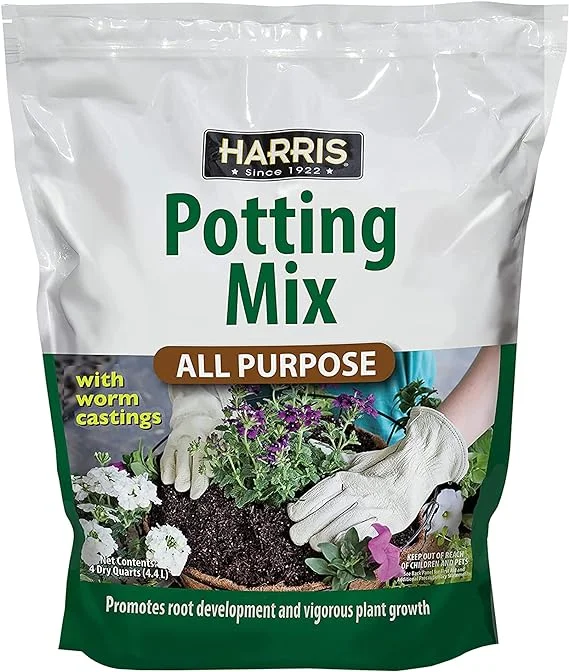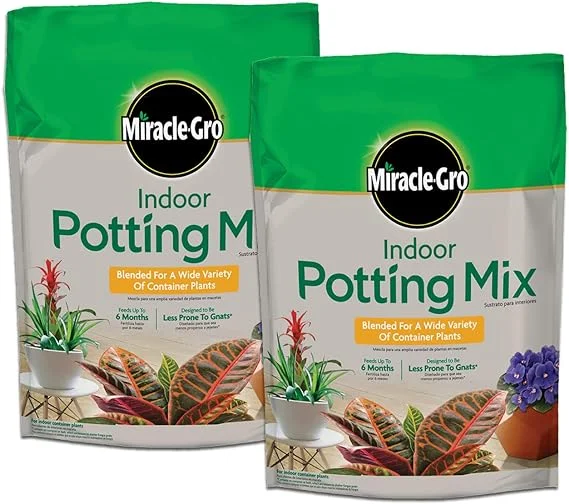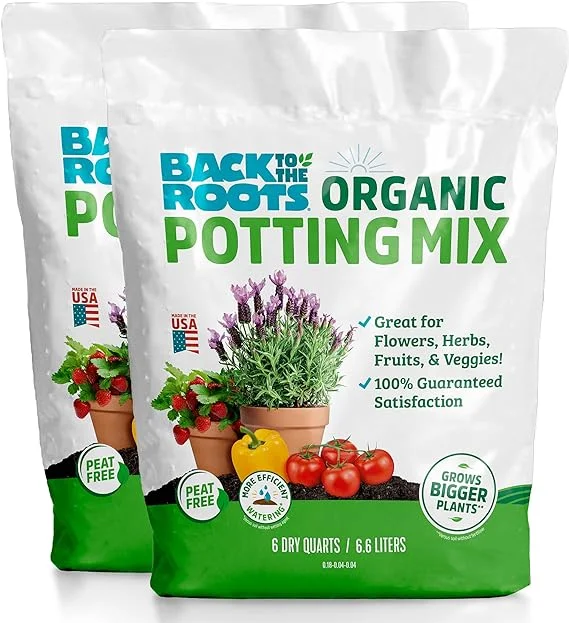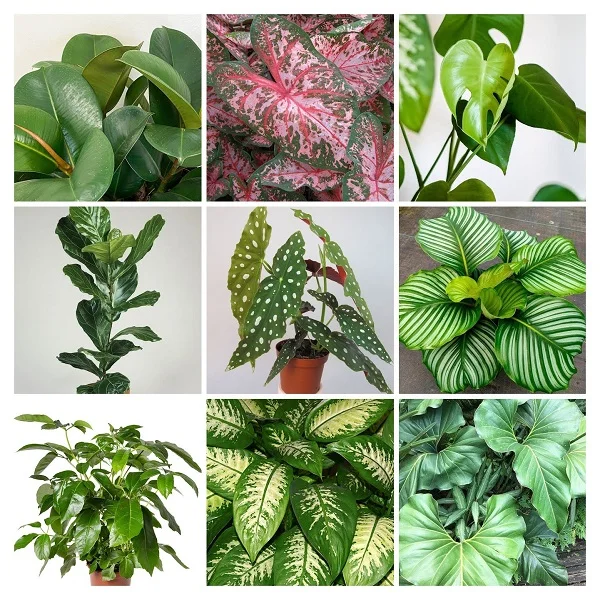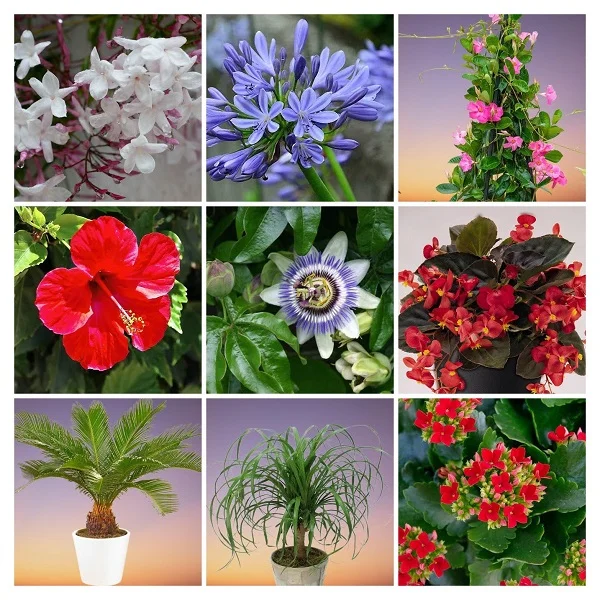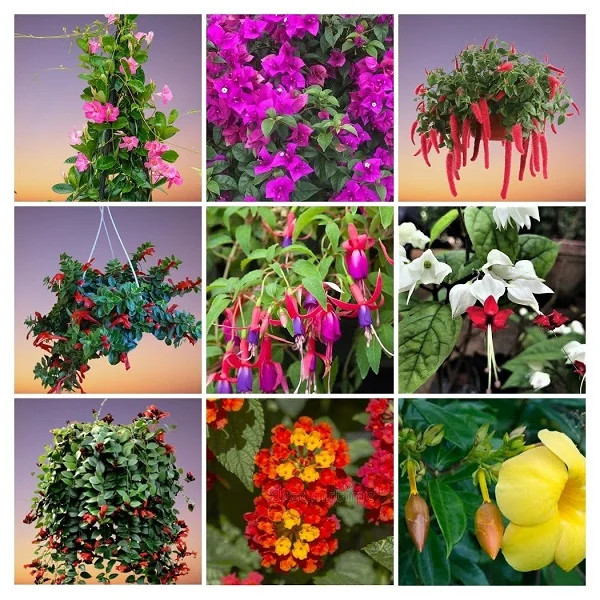Golden Trumpet (Allamanda cathartica) Indoor Care, Propagation, Problems and Solutions
Some links in this post may be affiliate links
Golden Trumpet (Allamanda cathartica) thrives in bright light with some direct sunlight, warm and humid conditions and moderately moist, fertile, well-drained soil coupled with fortnightly feeding in the growing season.
Golden Trumpet also called Common Trumpetvine or Yellow Allamanda is a true beauty which bears flaring yellow trumpet-like flowers.
Common Trumpet is one of the popular, climbing, flowering plants whose leaves are glossy and the flowers are tubular. Though a climber, it does not twine, nor does it have tendrils or aerial roots.
Yellow Allamanda is a delicate type of plant requiring warmth, humid conditions and plenty of sunlight. The plant does not last very long under room conditions if these requirements are not met.
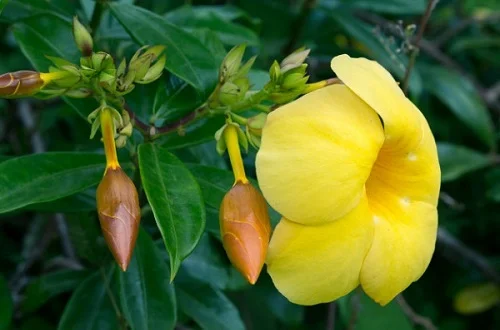
Botanical name: Allamanda cathartica
Family: Apocynaceae
Common names: Golden Trumpet, Common Trumpetvine, Yellow Allamanda
Origin
Allamanda cathartica (Golden Trumpet) is native to Brazil.
Size
Golden Trumpet is a climbing plant which can grow up to 20 feet if left unpruned. The leaves are about 4 inches long and the tubular flowers are about 3 inches in diameter. It is among the best flowering plants for hanging baskets.
Varieties
Several varieties of Golden Trumpet are available. The most popular varieties are grandiflora which has more compact, pale-yellow flowers and handersonii which has red buds and golden yellow flowers.
Is Golden Trumpet poisonous?
Golden Trumpet (Allamanda cathartica) produces a milky sap which contains a strong substance that is toxic to both humans and pets. If ingested it can cause vomiting, diarrhea and abdominal pains. The toxin can also cause severe skin irritation on senstive skin; always wear gloves when handling the plant. Keep it out of the reach of children and pets to avoid any mishaps.
Where to Buy
If you are looking to add this striking beauty to your collection, check them out on Etsy (Link to Etsy).
How do you care for Golden Trumpet indoors?
To care for Golden Trumpet indoors, provide bright light with 4 hours of direct sunshine, temperature of 16-270C, humidity of 60-70% and moderately moist, fertile, well-drained soil coupled with fortnightly feeding during the growing season.
Allamanda cathartica requires regular grooming to keep it tidy, to encourage new growth and to promote flowering. Repotting is needed when it outgrows its pot as it blooms best when slightly root-bound. Keep reading for more on these growing conditions and how to achieve them.
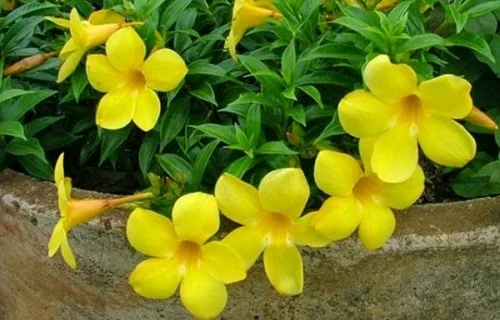
Light Requirements
Golden Trumpet grows best in bright light with at least 4 hours of sunshine per day to promote flowering. Keep it away from hot midday sunshine.
If the lighting is not adequate, Yellow Allamanda will not flower. Therefore, use a full spectrum grow light if you do not have adequate light in your home.
Turn the pot regularly to ensure that the plant receives light on all sides for uniform growth and prevent leggy growth.
Watering
Water your Golden Trumpet moderately in spring and summer while allowing the top 2 inches of soil to dry out between waterings. Avoid overwatering to prevent yellowing and leaf fall.
Cut down on watering in fall and winter to maintain the soil slightly moist as growth is minimal at this time. Do not allow the soil to dry out completely as it lead to wilting and leaf drop.
Use room temperature water to prevent cold shock which can result in stunted growth and leaf loss. Ensure that the water is free of chlorine and other dissolved chemicals to avoid brown leaf tips and edges.
Confirm that the pot has a drainage hole and the soil is well-draining to prevent the soil from getting soggy as it can lead to root-rot and death of the plant.
Temperature & Humidity
Yellow Allamanda does well in temperatures of 16-270C. Keep it away from drafts to prevent sudden drops in temperature which may result in stunted growth, brown leaf tips and edges, and leaf drop.
Golden Trumpet requires a humidity of 60-70%. Set the pot on a wet pebble tray, group the plants together or use a cool mist humidifier to elevate humidity for a healthy growth. Maintain good airflow to discourage fungal diseases.
Fertilizer
Feed your Golden Trumpet with a phosphorous-rich, water-soluble fertilizer every 2-3 weeks in spring and summer to promote flowering. Withhold feeding in fall and winter as growth is minimal at this time and feeding at this time may cause fertilizer burn.
Potting Medium
The best potting medium for Golden Trumpet should be rich in organic matter and free-draining to prevent it from getting soggy while providing the required nutrients. Most potting mixes designed for indoor plants are ideal for these plants.
Repotting
Repot your Allamanda cathartica at the beginning of the growing season (spring to early summer) to promote establishment. Use a pot only one size larger than the current one when the plant becomes pot-bound.
Make sure that the pot has a drainage hole and the soil is free-draining to prevent waterlogging which can lead to rotting. Check out these pots with drainage holes on Amazon.
Pruning & Grooming
Prune Golden Trumpet by removing dead blooms and leaves to maintain the plant neat. Removing dead blooms encourages more flowering.
Cutback the plant after flowering to control growth and to encourage new growth from which the flower buds arise.
Regularly clean the leaves by damp-wiping with a soft cloth to discourage pests and diseases.
Allamanda cathartica Propagation
Allamanda cathartica propagation is done from stem cuttings. The best time to propagate Golden Trumpet is at the beginning of the growing season (spring to early summer) when in active growth phase.
Propagating Golden Trumpet from stem cuttings
- Select a healthy branch and take stem cuttings of about 4-6 inches. Ensure each cutting has 2-3 leaf nodes as this is where new growth will come from.
- Strip off the lower leaves and dip the lower cut end of the cutting in a rooting hormone to hasten rooting.
- Fill a small pot with a well-draining soil and moisten it slightly.
- Gently, insert 2-3 inches of the lower end of the cutting in the moist soil.
- Cover the set up with clear polythene to create a greenhouse effect to promote rooting.
- Place the set up in a warm, brightly-lit spot away from direct sunlight to prevent scorching.
- Once the cuttings take root, gradually over a period of 2 weeks remove the polythene cover; a little per day to acclimate the new plants to ordinary growing conditions.
- Allow the new plant to be well established before transplanting after which you can begin routine care.
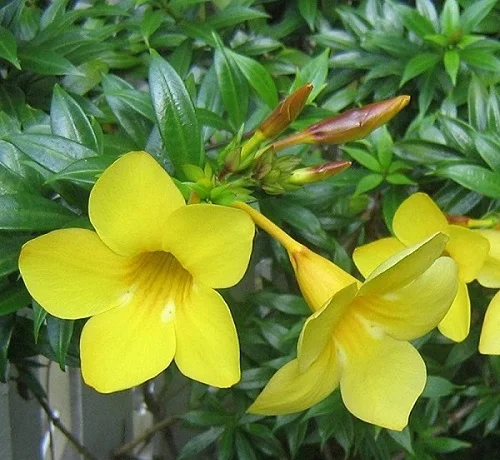
Allamanda cathartica Problems & Remedies
Golden Trumpet problems are yellow leaves, lack of blooms, leaf drop, wilting leaves, brown leaf tips and edges, pests and diseases. Keep reading for more on these problems and how to fix them.
Yellow leaves
Some of the causes of yellow leaves on your Golden Trumpet are aging, inconsistent watering, soggy soil, too little light, nutrient deficiency or temperature stress. To keep the plant neat and tidy, remove the yellow leaves.
How to fix it
Aging: With age, the lower leaves turn yellow and die. These leaves are replaced by new leaves at the top of the plant.
Inconsistent watering: Water when the top 2 inches of soil to dry out. Never allow the soil to dry out completely.
Soggy soil: Use a pot that has a drainage hole and free-draining soil.
Too little light: Position the plant to a brighter spot where it will receive bright light with at least 4 hours of sunshine per day or instal a grow light if the natural lighting is not enough.
Nutrients deficiency: Apply a phosphorous-rich, water-soluble fertilizer every 2-3 in spring and summer.
Temperature stress: Keep the plant away from drafts emanating from hot surfaces, hot air vents, AC units, windy doors among others.
Lack of blooms
Lack of blooms on Allamanda cathartica is due to too little light, wrong feeding, inconsistent watering, soggy soil, temperature stress or dry air.
How to fix it
Too little light: Move the plant to a brighter spot where it will receive bright light with at least 4 hours of sunshine or instal a grow light if the natural lighting is not adequate.
Wrong feeding: Do not feed with nitrogenous fertilizer as it encourages foliage growth at the expense of flowers. Feed with a phosphorous-rich, water-soluble fertilizer every 2-3 weeks in spring and summer.
Inconsistent watering: Water when the top 2 inches of soil to dry out. Do not water on a schedule.
Soggy soil: Use a pot that has a drainage hole and free-draining soil.
Temperature stress: Keep the plant away from sources of drafts like hot surfaces, hot air vents, AC units, windy doors among others.
Dry air: Use a humidifier, group the plants together or set the pot on a wet pebble tray.
Leaf drop
Leaf drop on Golden Trumpet is caused by drafts, inconsistent watering, soggy soil or use of cold water.
How to fix it
Drafts: Keep the plant away from drafts like windy doors and windows, AC units, heat sources and others to maintain warm temperatures of 16-270C.
Inconsistent watering: Do not water on a schedule. Water when the top 2 inches of soil to dry out.
Soggy soil: Use a pot that has a drainage hole and free-draining soil.
Use of cold water: Use water that is at room temperature to avoid cold shock.
Wilting leaves
Wilting leaves on Allamanda cathartica are caused by underwatering or hot drafts.
How to fix it
Underwatering: Water when the top 2 inches of soil to dry out. Do not allow the soil to dry out completely.
Hot drafts: Keep the plant away from hot drafts coming from hot surfaces, heat sources, stoves among others.
Brown leaf tips and edges
Brown leaf tips and edges on Yellow Allamanda are caused by too low humidity, fertilizer burn or use of hard water.
How to fix it
Too low humidity: To raise humidity, set the pot on a wet pebble tray, group the plants together or use a cool mist humidifier.
Fertilizer burn: Withhold fertilizer in fall and winter as growth is minimal at this time.
Use of hard water: Use chlorine free water like rain water or filtered water.
Pests
Common pests on Golden Trumpet are mealybugs and aphids which are prevalent in dry, stuffy conditions.
How to fix it
- Isolate the affected plant to prevent spread to the other plants.
- Treat the plant with neem oil or an insecticidal soap. Ensure to follow the manufacturers' instructions on the label.
- Maintain the plant well pruned to discourage the pests.
- Set the pot on a wet pebble tray or group the plants together to increase humidity to minimize the pests infestations.
- Maintain free air circulation to depress the pests infestations.
Pests
Yellow Allamanda is prone to the following two diseases:
1. Root-rot disease which is a fungal disease and is prevalent in soggy soil due to poor soil drainage.
How to fix it
- Slip the plant out of its pot, wash off the soil and inspect the roots.
- Brown-black, mushy roots indicate root-rot; cut them away. In addition, cut away any stems showing any signs of rot.
- Disinfect the healthy roots and the entire plant with a copper-based fungicidal solution as indicated by the manufacturer.
- Disinfect the pot with the fungicidal solution or use a fresh pot to repot the plant in fresh potting soil.
- Ensure that the pot has a drainage hole and the soil is well-draining to prevent waterlogging.
- Water the plant with the fungicidal solution and place it in a warm, brightly-lit spot.
- Do not water the plant again until new growth appears and avoid overwatering and soggy soil thereafter.
2. Leaf spot disease which is characterized by brown, soft leaf spots. It is enhanced by overwet conditions coupled with poor air circulation.
How to fix it
- Remove and burn the affected parts to reduce the risk of spread to the rest of the plants.
- Spray the affected plant with a systemic fungicide as indicated by the manufacturer. Ensure all the parts are completely covered with the fungicidal solution.
- Improve on ventilation to ensure that there is free air circulation at all times.
You liked it? Share on social media.
Related Content
Amazon Associates Disclosure
Homeplantsguide.com is a participant in the Amazon Services LLC Associates Program, an affiliate advertising program designed to provide a means for sites to earn advertising fees by advertising and linking to amazon.com.
